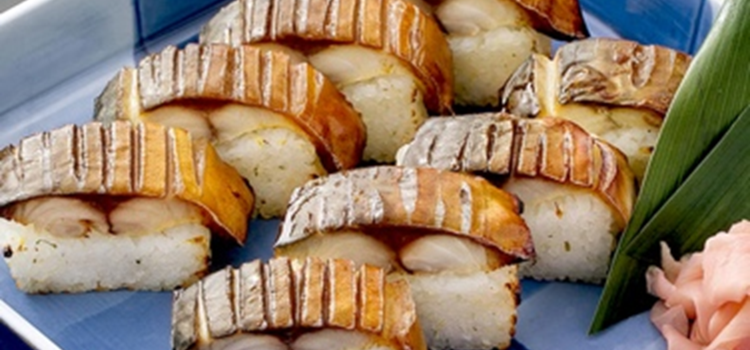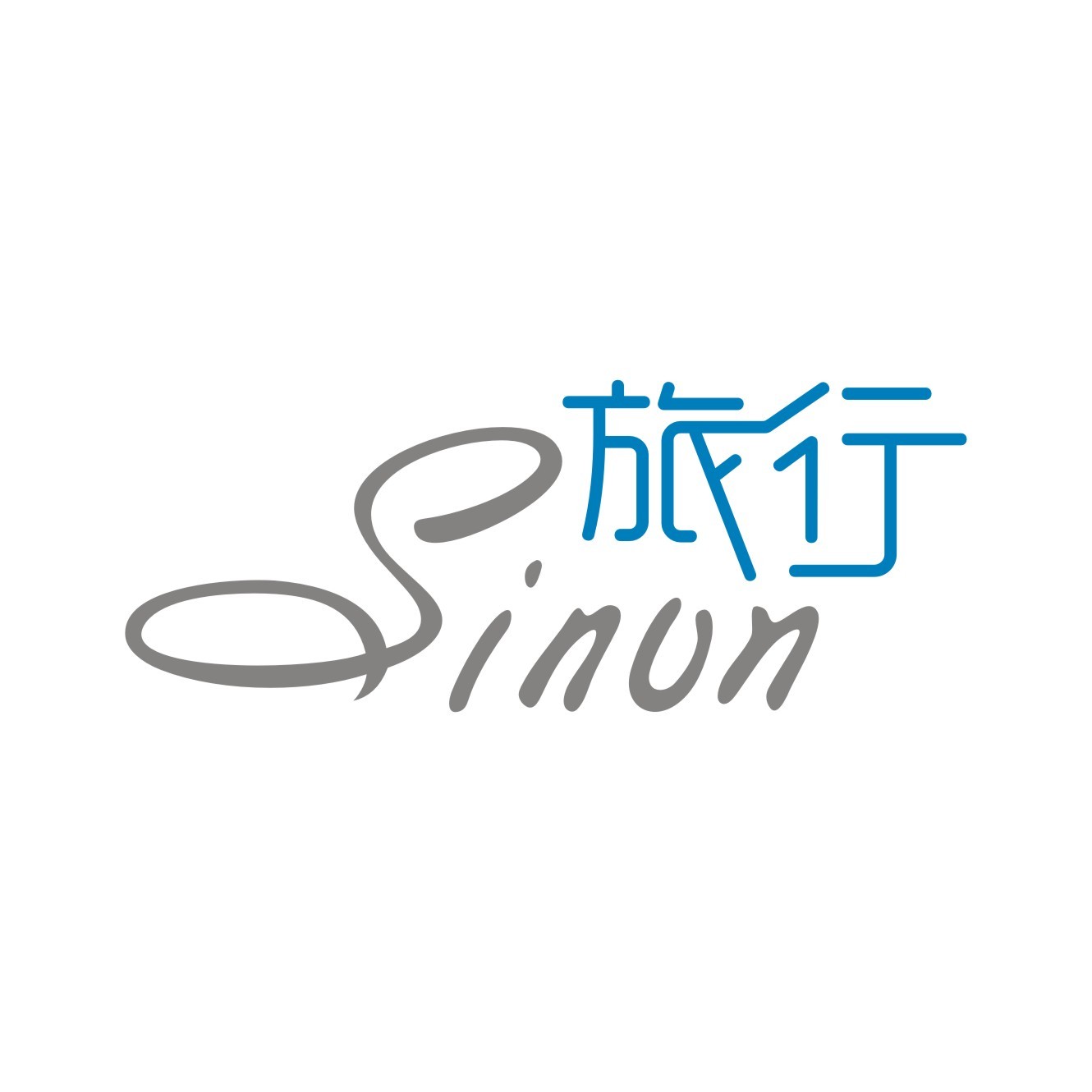Tosa Cuisine Tsukasa Kochi Main Store
No comments yet
BHD18

Currently closed|Open at 12:00 today
+81-50-5868-5201
What travelers say:

#Traveling after the Spring Festival Recently, I started the book "Japanese Making" by Miura Chunma. I have seen his IG film before, which introduces the topics serially published in the monthly magazine "プラスアクト" in Japan. Occasionally, I see my own familiarity and it will resonate. It took 4 years to take materials from 47 prefectures in Japan and enter culture, art, history, industry and other aspects as the theme. ... In addition to the essence of Japanese production in 47 prefectures, the book also contains interviews and transcripts of Chunma. Although some content may be boring now, you can know the various Japanese-made scenes through the lines. The three words from "Japanese System" will definitely think that it is "thing", but this is not the whole answer to the book. The book distinguishes the Japanese system from the northeast, Kanto, Central, Near, China, Four Countries, Kyushu Okinawa into seven units, each city has a Japanese system with special value. ... For example, farmers who grow Tianrong Rice in Fukushima, Ibaraki Fireworks (participating producers of one of the three major fireworks in Japan), Fukui glasses (95% of Japan's glasses manufacturing sites), Nara's Japanese Wa manufacturing plant (indispensable role in cultural asset inheritance), Okama's denim production line (Japan's earliest denim production site), Kochi's salmon fish master (a fishing boat), and Miyazaki's shinle face (traditional folklore) and other content, a variety of "Japanese" outlines. ... Watching the theme chosen by each city actually surprised me a little, because it is really not a simple thing to say a city story with one thing and one brand. So watching how others "choose" makes me very interesting. In addition to the value selected by each article, in addition to the value selected through the inter-line narrative, the future and inheritance of 〉 thought by ‧ Japanese 〉 and 〈 at the end of each article can be felt in the future and inheritance of 〉. ... As in Ibaraki Prefecture, where Chunma is born, Tupu City in the prefecture will hold one of Japan's three major fireworks every year. The "Tupu National Fireworks Athletic Conference" will be held every year. In the postscript of the firework manufacturing center interviewed, Chunma is thinking about the future and inheritance of Chunma in 〈 COLUMN Miura Chunma is written like this: "The Yamazaki Fireworks Manufacturing Institute, next to the moor, is a very quiet site beyond my imagination. Watching Mr. Sasaki's gesture of actually making fireworks, I deeply realized that this job requires a considerable degree of endurance. Like art or a collection of great works, it is important to thoroughly face the creation and yourself, and it is because of the precipitation of this lonely moment in silence that you can practice the glory of the brightness. If you have not appreciated the Tupu National Fireworks Conference, please come to participate. I hope you can come and witness the pride of Ibaraki."... This 400-page "Japanese System" may make people read a bit laborious, but thinking that this is a accumulation of materials that have traveled through Japan for four years, it seems that you can also feel the intention of the text. Reading word by word, you may slowly feel the various kinds of land belonging to Japan, which is actually a way of traveling on paper.
More
Reviews of Tosa Cuisine Tsukasa Kochi Main Store
Some reviews may have been translated by Google Translate
0/5
All (2)
Latest
Photo reviews (1)
# After Spring Festival Travel I recently bought the book "Made in Japan" by Miura Haruma on the recommendation of a friend. I have seen his IG videos before, which introduce the special topics serialized in Japan's "プラスアクト" monthly magazine. I occasionally see myself Familiar ones will resonate. It took 4 years to collect materials from 47 prefectures in Japan and explore culture, art, history, industry and other aspects as the theme. ... In addition to the essence of Japanese manufacturing in 47 prefectures, the book also contains Haruma’s interviews and transcripts. Although some of the content may seem boring now, by reading between the lines, you can understand various Japanese manufacturing scenes. Just from the three words "Made in Japan", you will definitely think that it means "thing". However, this is not the whole answer to this book. The book divides Japanese products into seven units: Tohoku, Kanto, Chubu, Konji, Chugoku, Shikoku, Kyushu and Okinawa. Each city has Japanese products with special value. ... For example, the farmers who grow Tenei rice in Fukushima, the Ibaraki Fireworks Factory (participating in the production of one of Japan's three major fireworks), Fukui's glasses (where 95% of Japan's glasses are manufactured), the Nippon Tile Manufacturing Factory in Nara (culture) an indispensable role in asset inheritance), Okayama’s denim production line (Japan’s earliest denim production place), Kochi’s bonito fish master (a fishing boat), and Miyazaki’s Kagura noodle craftsman (traditional folklore) and other contents, presenting a rich outline of "Made in Japan" in a variety of ways. ... Looking at the themes selected for each city, I was actually a little surprised, because it is really not an easy task to tell the story of a city with one thing or one brand. Therefore, I find it very interesting to see how others "choose". In addition to the value of the selected topic through the description between the lines, you can feel more in the "Made in Japan" and "COLUMN Miura Haruma's Thoughts on the Future and Inheritance" at the end of each article. Rich source of inspiration. ... For example, in Ibaraki Prefecture where Haruma was born, Tsuchiura City within the prefecture holds the "Tsuchiura National Fireworks Competition", one of Japan's three major fireworks competitions, every year. In the postscript of the interview with the fireworks manufacturer, Haruma is in "COLUMN Miura Haruma" The Future and Inheritance of Thinking reads like this: "The Yamazaki Fireworks Factory is located next to a swamp. The location is beyond my imagination. It is a very quiet place. Watching Mr. Sasaki actually making fireworks, I deeply realized that this job requires a lot of work. A certain degree of endurance. Like art or a masterpiece, it is important to face the creation and yourself thoroughly. It is precisely because of the solitary moment of silence that you can develop brilliance. For those who have never seen the Tsuchiura National Fireworks Display, please come and witness the pride of Ibaraki.” ... This 400-page "Made in Japan" may be a bit difficult to read, but considering that it is the accumulation of materials collected during four years of traveling to Japan, it seems that you can feel the heart of the text. By reading word by word, you may be able to slowly feel the various things that belong to the land of Japan. This is actually a way of traveling on paper.
The quantity is getting smaller each time I come, but the taste remains the same. The sashimi platter used to have many types, but now there are only four.